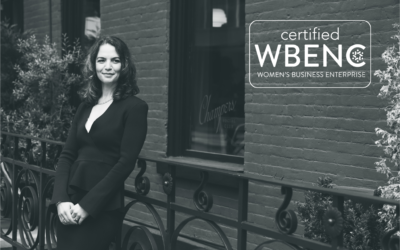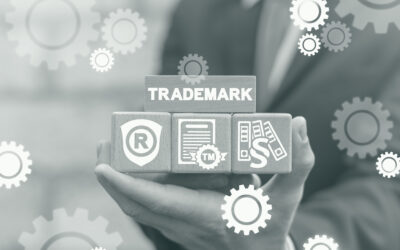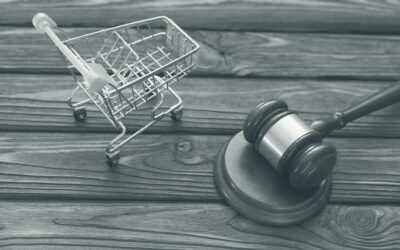How would you like to own a trademark that is valued at over $300 billion? That’s exactly what Apple and Amazon have managed to do by selecting “good” trademarks and then maintaining and enforcing their rights. So, what makes for a “good” trademark?
First, let’s consider the function of a trademark. A trademark is any word, phrase, or logo used to identify goods or services and to distinguish them from others in the marketplace. In other words, when consumers see the term NIKE, the JUST DO IT slogan, or the “swoosh” logo, any one of those trademarks would tell consumers that the source of the product is Nike. In fact, anything that acts as a source-identifier can be a trademark, such as the scent of Play-Doh, the robin’s egg blue color of a Tiffany’s jewelry box, or the sound of the Metro Goldwyn Mayer lion roaring before your favorite movie.
If we know that the purpose of a trademark is to create a strong association for consumers, then it makes sense that more distinctive trademarks will be better source-identifiers. Consider the spectrum of distinctiveness that exists among trademarks. Moving from the least to most distinctive we have:
Generic Marks
These are words that simply tell you what a product is; for example, DIET COLA for a diet soda product. These “marks” are not eligible for trademark protection because everyone needs to be able to use these common generic phrases to describe their products of that nature.
Merely Descriptive Marks
These are trademarks that describe a quality, characteristic, or some other feature of the good or service being offered. Merely descriptive trademarks can be registered if they have gained enough recognition among consumers as a source identifier. For example, over time the trademark AMERICAN AIRLINES morphed into a protectable and sufficiently distinctive trademark, despite the fact that those words merely describe a U.S.-based airline service.
Suggestive Marks
These marks are inherently registrable. They suggest something about the goods or services being offered, but are not merely descriptive. Examples include PLAYSTATION for a video game console and PETSMART for pet stores.
Arbitrary Marks
These marks are inherently registrable. Like APPLE and AMAZON, these marks have ordinary meanings, but not when used in connection with their goods or services (i.e. for computers and e-commerce, respectively).
Fanciful Marks
These are the best trademarks of all, from a distinctiveness standpoint. These are totally made-up terms, such as GOOGLE, KODAK, or EXXON.
In addition to being sufficiently distinctive, a good trademark will not infringe upon the rights of others and will be registrable at the United States Patent and Trademark Office (“USPTO”). We regularly assist our clients with upfront clearance searching to ensure that the trademark they have chosen is not confusingly similar to a trademark that is already in use. Because trademark rights in the United States are based on priority of use in commerce, and not necessarily registration, our deeper levels of clearance searching scan the marketplace for any similar unregistered uses. Other than there being a prior confusingly similar trademark, the USPTO may ban registration of a mark for several other substantive reasons, such as if the mark is primarily merely a surname, consists of immoral or deceptive matter, or refers to a living individual without their consent.
Choosing a distinctive, available, and registrable trademark from the start will jumpstart the process of building goodwill among consumers, and will allow your business to derive the most value from your intellectual property.










